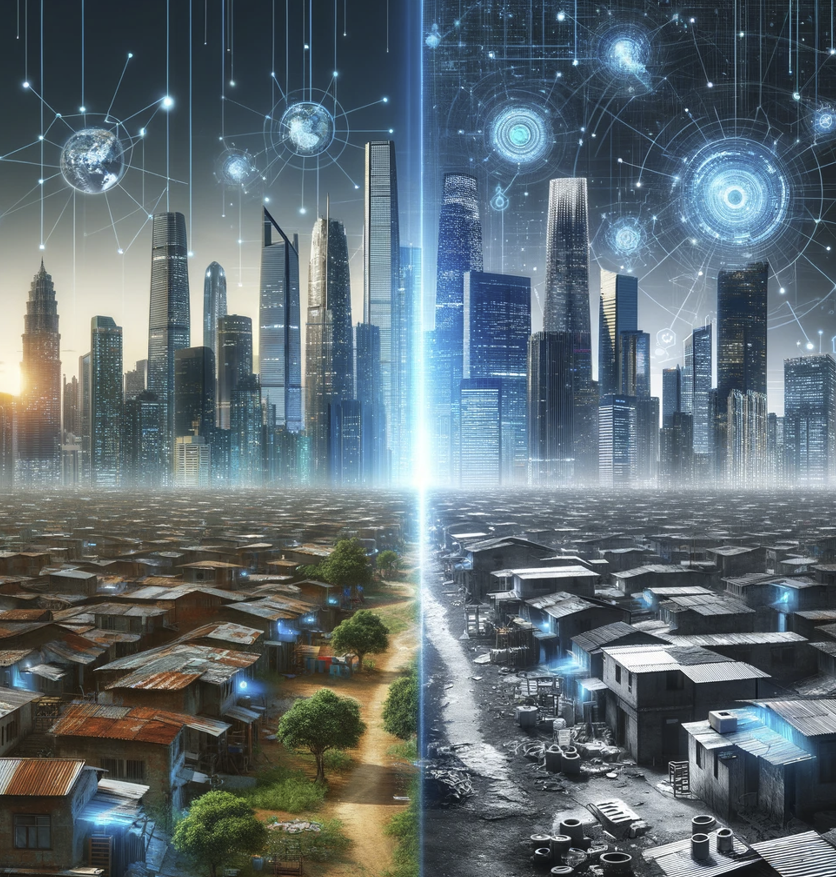What do the city lights bring to birds?
Most people in highly urbanized areas cannot see the Milky Way Galaxy duo to the existence of light pollution. The eliminated star lights could make migratory birds lose their direction, or endure with unexpected accidents. In the hidden corners shadowed by music and noise of the crowd, millions of migratory birds are killed by the highly-invisible, illuminated glass structures each year.
The fact that light pollution could wash out star lights and guide the birds to somewhere else is never a new problem. In an art activity called “Tribute in Light” conducted in Manhattan each year, two streams of lights would be projected high into the sky. The light of high intensity attracts thousands of birds to hover. However, this is only the number of the birds that are visible in the sky. With the use of an effective tool called weather radar, researchers found that each time the activity was conducted, more than 16000 birds piled in that area with a radius of half a kilometer. Those birds lost direction and kept hovering until the lights are off, which is totally a waste of energy. In most cases lights are not as bright as this event, but they could still distract migratory birds and change parts of their migration routine.
In addition to eliminating star lights, light pollution could also lead to collision. As we know that artificial lights could lure birds to where the lights emit, glass structures that are posited along their way could be the invisible obstacle. It’s like a biological trap that eventually led birds to their death. During migration, nearly 1000 birds were killed when colliding with illuminated glass buildings in Chicago in two days. Similar bird-crash accidents happen all over the world in numerous cities. Therefore, the consequences brought by these collisions should never be underestimated.
Most migratory birds take the cities as stopovers along their ways to their destinations; however, some of them may find the cities pleasant to live in. This is mainly because cities’ relatively high temperature during cold weathers. Cities have buildings and cement sidewalks of high density, which provides relatively higher specific heat capacity. As a result, the cities have a warmer environment that appeals some birds. They would remain in the cities and start their new lives.
But the cities have other factors, such as light pollution that we have discussed, and the violation of humans, that may threaten birds’ survival. What can we do to help them survive? There are lots of things we can do. Trees could be planted to offer inhabitants. Bird feeders could be constructed in different locations. As for light pollution, we might find a way to construct glass buildings that make use of bird-friendly materials to avoid collision, or use special lights to guide birds at night. I believe we could find the solution as long as we keep going.
YUHENG CHI





